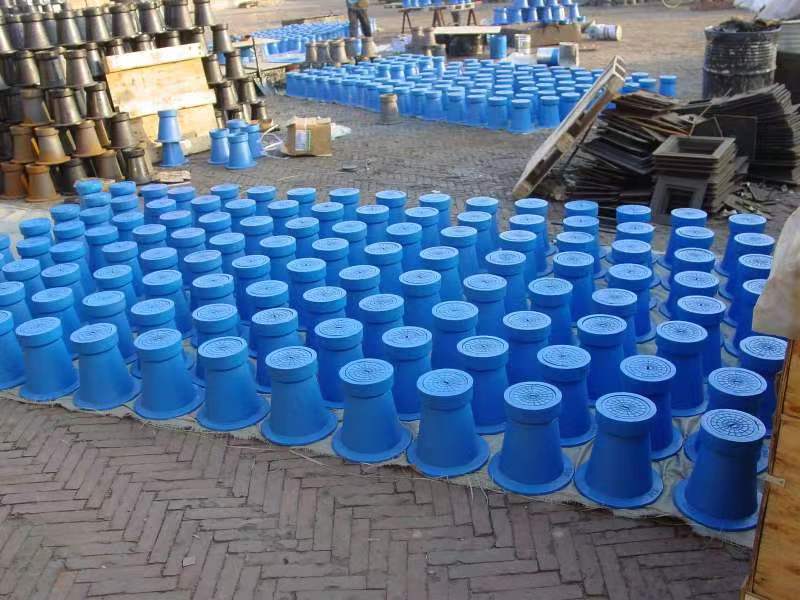Exploring the Role and Importance of Bollards and Barriers in Urban Design
The Importance of Bollards and Barriers in Urban Design
In modern urban environments, the safety and organization of public spaces are more crucial than ever. As cities grow and thrive, the complexities of managing pedestrian and vehicular interactions become apparent. This is where the significance of bollards and barriers comes into play. These features not only enhance aesthetics but also serve to protect public safety and improve traffic management.
Bollards, the short vertical posts often made from materials such as metal, concrete, or plastic, are strategically placed to manage pedestrian traffic, protect buildings, and define boundaries. Their use can be traced back to ancient times, but their design and functionality have evolved significantly. Today, bollards can be fixed, removable, or even retractable, providing versatility depending on the specific need of the area. For instance, in bustling urban centers, retractable bollards can facilitate emergency vehicle access while deterring unauthorized traffic during peak hours.
Barriers, on the other hand, serve a broader purpose. They are designed to protect people and property from potential harm, particularly in areas where vehicles and foot traffic mingle. These can include anything from simple fences to more complex crash-rated barriers capable of withstanding significant impacts. The application of barriers is particularly evident in locations with high foot traffic, such as shopping districts, parks, and transportation hubs. They create a safe zone for pedestrians, reassuring them as they navigate through busy streets.
bollards and barriers

The aesthetic aspect of bollards and barriers cannot be overlooked. Modern designs offer a variety of styles, colors, and materials that can enhance the beauty of public spaces while maintaining functionality. Customizable options allow city planners to choose elements that fit the urban landscape, promoting a cohesive visual identity. This not only makes public areas more inviting but also instills a sense of ownership within communities.
Moreover, bollards and barriers play a vital role in security. Especially in the wake of increasing urban threats, anti-ram barriers are becoming a common sight at events or locations that gather large crowds. These robust structures ensure that vehicles cannot breach secure areas, providing peace of mind for both event organizers and attendees. Recent advancements have led to the development of intelligent bollards that can monitor and manage traffic flow, further reinforcing their role in public safety.
Environmental considerations are also at the forefront of contemporary design. Many manufacturers are now producing bollards and barriers made from sustainable materials, integrating green practices into urban infrastructure. By using recycled materials or designing products that contribute to stormwater management, cities can benefit from both functionality and environmental responsibility.
In conclusion, bollards and barriers are more than mere functional elements; they are essential components of urban design that contribute to safety, aesthetics, and community engagement. As cities continue to grow and evolve, investing in well-designed bollards and barriers will be imperative. They facilitate the delicate balance between vehicular and pedestrian movement, ensuring that public spaces remain both safe and enjoyable for everyone. With a focus on sustainability, security, and design, the future of urban spaces will undoubtedly rely on the effective use of these fundamental structures. By embracing innovation and aesthetic values, cities can transform their public spaces into vibrant and secure environments that inspire community interaction and foster a sense of belonging.
-
The Smarter Choice for Pedestrian AreasNewsJun.30,2025
-
The Gold Standard in Round Drain CoversNewsJun.30,2025
-
The Gold Standard in Manhole Cover SystemsNewsJun.30,2025
-
Superior Drainage Solutions with Premium Gully GratesNewsJun.30,2025
-
Superior Drainage Solutions for Global InfrastructureNewsJun.30,2025
-
Square Manhole Solutions for Modern InfrastructureNewsJun.30,2025
-
Premium Manhole Covers for Modern InfrastructureNewsJun.30,2025
